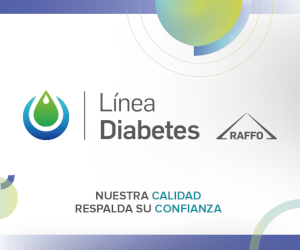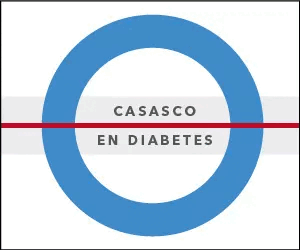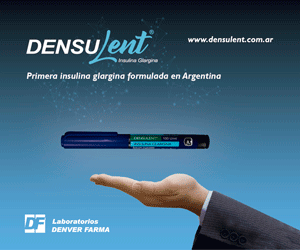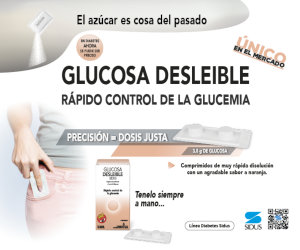TALK WITH EXPERTS: Which is better to use HbA1c, continuous glucose monitoring or both?
Keywords:
continuous glucose monitoring, diabetesAbstract
The use of continuous glucose monitoring (CGM) provided a better understanding of the limitations of HbA1c. In 2008 published the ADAG study, which illustrated how each average glucose level corresponded to an HbA1c. It was developed a regression formula and HbA1c was presented worldwide with a study mean glucose. The problem is that there was a relatively high variability of glucose with HbA1c. For example, a person with an HbA1c of 7%, while on average they would have an average glucose of 154 mg/dl, they could have an average glucose of 180 mg/dl, while someone with an HbA1c of 9% could have an average glucose of 170 mg/dl (on the CGM). In other words, The average person with an HbA1c of 7% has a higher CGM glucose than the person with an HbA1c of 9%. Before 2018, the Food and Drug Administration requested that the term “estimated A1C” be removed from the regression line that it was then used to define average glucose in relation to HbA1c. By grouping five studies and defining a new regression line, the “glucose management indicator” (GMI) was introduced. This was simply what the average glucose would calculate from a measured HbA1c.
Since the 1980s we have known that there are many biological reasons why HbA1c can be high or low. Still, even without a known etiology of HbA1c discordance, we see it a lot in clinical practice. In In our experience, 50% of our patients will have an HbA1c discordance of 0.5%, while for the 22%, will be 1.0%. What that means is that for an GMI of 7.0%, the measured HbA1c will be greater than 8% or less to 6% in 22% of the population.
The reason for this discordance appears to depend on two factors: differences in red blood cell survival and genetic differences in glycation. Our group has focused on the latter and demonstrated that with excessive glycation defined as a GMI/HbA1c <0.9, there is a two- to threefold increase in retinopathy and nephropathy. Clinically, We must appreciate that HbA1c levels are variable between patients and HbA1c “targets” may not be appropriate for everyone. For those using CGM, it is necessary to identify discordance, as there are clearly cases where people are forced to lower their HbA1c, but in reality that number may be falsely high (if there is a high glycation level) and severe hypoglycemia may occur.
While I would suggest that glucose itself is the most important biomarker, the GMI/HbA1c ratio may be more important in predicting microvascular complications.
References
-
Downloads
Published
How to Cite
Issue
Section
License
Copyright (c) 2024 on behalf of the authors. Reproduction rights: Argentine Society of Diabetes

This work is licensed under a Creative Commons Attribution-NonCommercial-NoDerivatives 4.0 International License.
Dirección Nacional de Derecho de Autor, Exp. N° 5.333.129. Instituto Nacional de la Propiedad Industrial, Marca «Revista de la Sociedad Argentina de Diabetes - Asociación Civil» N° de concesión 2.605.405 y N° de disposición 1.404/13.
La Revista de la SAD está licenciada bajo Licencia Creative Commons Atribución – No Comercial – Sin Obra Derivada 4.0 Internacional.
Por otra parte, la Revista SAD permite que los autores mantengan los derechos de autor sin restricciones.





































